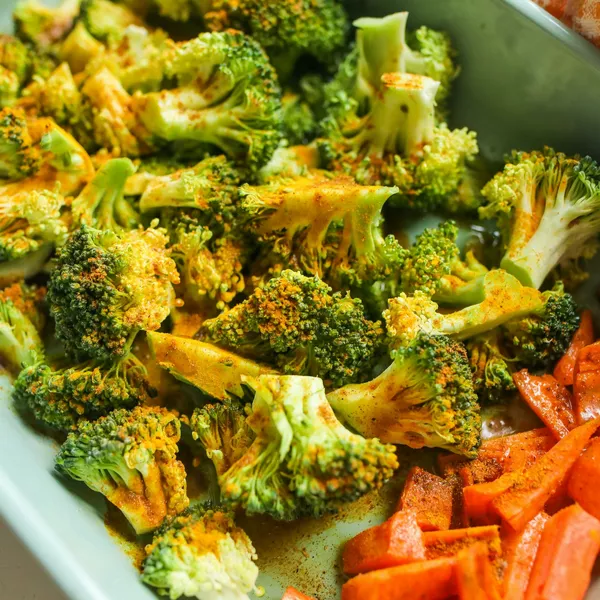
Balancing the carbs timing
Timing when you eat carbohydrates is all about how much work you are asking your pancreas to do at one time. If you go all day without any carbohydrate or sugar and then become so hungry that you have an extra serve of pasta and indulge in chocolate, you are asking your pancreas and insulin to do a lot of work all at once. However, if you have some carbohydrate earlier in the day to avoid becoming overly hungry, you will be better able to manage your portions.
If you need to adjust the distribution of carbohydrate throughout the day, try the following.
- Have some high fibre carbohydrate with your lunch, such as:
- 2 slices of rye bread with soup
- ½ – 1 cup of brown rice with a stir-fry
- 1 cup chickpeas with salad.
- Include a wholegrain snack in the afternoon like:
- ¼ cup muesli and yoghurt
- 4 wholegrain crackers and cheese.
- Reduce your portion of pasta, rice or potato at dinner.
- Mindfully choose after-dinner snacks. Put them on a plate instead of eating from the packet, to prevent overeating in the evening.
About the author
The Healthy Eating Hub
The Healthy Eating Hub is a team of university qualified nutritionists and dietitians who are passionate about helping people develop long term healthy eating habits through offering evidenced-based and practical nutrition advice that people can put into practice straight away.








